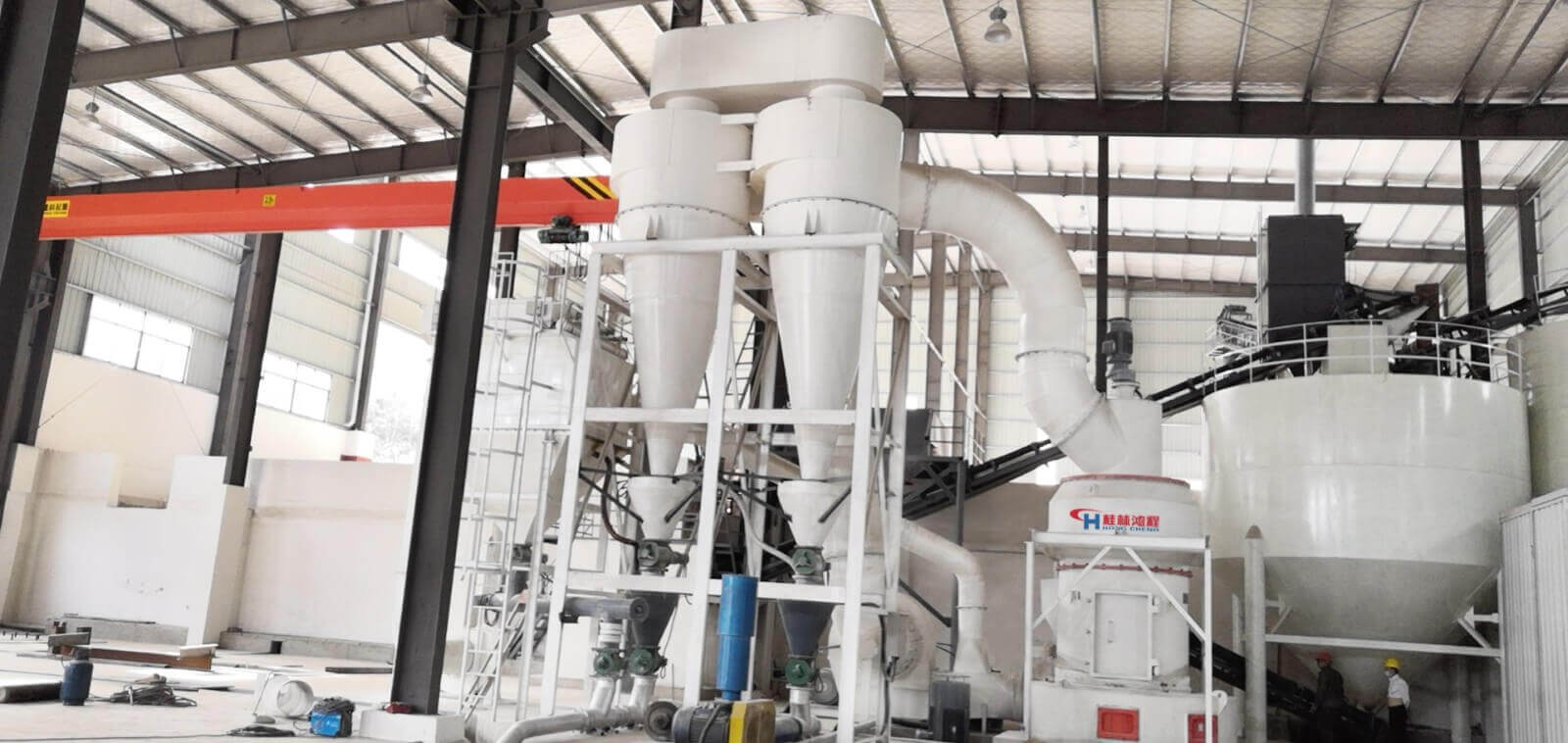The reuse of construction waste has not attracted enough attention, and most of it is transported to rural areas for open dumping or landfill without any treatment. Stacking and landfilling require a large amount of land, garbage removal and other construction funds. At the same time, the dust and dust left during transportation and stacking aggravate environmental pollution. So can construction waste be recycled? What are the ways to recycle construction waste?
(1) Land excavation: divided into surface soil and deep soil. The former can be used for planting, while the latter is mainly used for backfilling, landscaping, etc.
(2) Road excavation: divided into concrete road excavation and asphalt road excavation.
(3) Old building demolition: divided into masonry, concrete, wood, plastic, gypsum mortar, steel, non-ferrous metals, etc.
(4) Construction site construction: divided into residual concrete, construction waste, old concrete, mortar and other mineral materials generated by chiseling, plastering, etc.; wood, paper, metal and other waste materials, etc.
(5) Production of building materials: mainly refers to the waste and residues generated during the production of various building materials, including fragments and fragments generated during the processing and transportation of finished building materials.
(1) Direct utilization as building materials: Use construction waste to reinforce soft soil foundation. The principle is to use waste solid inorganic materials in construction waste to form bulk material piles, and through heavy hammer impact, the piles interact with the soil between the piles to form a composite foundation, thereby improving the bearing capacity of the foundation. Construction waste tamped pile expansion is easy to construct, has high bearing capacity and low cost. It is suitable for a variety of geological conditions, such as newly filled foundations, miscellaneous filled soil foundations, self-weight and non-self-weight collapsible loess foundations, and pit and pond filling foundations and containing Weak foundation with large amount of water, etc. At the same time, using construction waste to ram and expand piles can absorb a large amount of construction waste, which has obvious economic and environmental benefits.
(2) Preparation of burn-free bricks from construction waste: Research has found that waste bricks and waste concrete have a certain reactivity after being ground into fine particles, so they have the value of continued use. Preparing it into construction waste wall bricks, the production process is simple and easy to control, and it can ensure the intrinsic quality and appearance quality of the product. It is an ideal new sustainable wall material. The main raw materials of non-steam-cured construction waste wall bricks are construction waste such as waste concrete and waste bricks. It has broad development prospects and good social and economic benefits in terms of saving land resources, treating waste, and utilizing waste.
(3) Preparation of road base materials from construction waste: The various clay substances in red bricks undergo great changes as the temperature increases during the roasting process, resulting in both crystalline phase minerals, solid solution and glass phase substances in the sintered clay. Therefore, brick and tile particles are sintered clay-like pozzolanic materials and have certain potential activity: while concrete particles are mostly cement mortar, containing more or less incompletely hydrated cement particles. Waste concrete and waste red bricks can be used Due to the differences in ingredients, adjust their proportions to combine them organically to give full play to the effects of these active substances. Therefore, construction waste is more economical and feasible as cement admixture.
Through the analysis of the composition of construction waste, it is found that after sorting, rejecting or crushing, most of the waste in construction waste can be reused as renewable resources, such as scrap steel bars, scrap iron wires, scrap wires and various scrap steel accessories and other scrap metals After sorting, concentration, and reheating, it can be reprocessed into various specifications of steel; waste bamboo can be used to make artificial wood; waste materials such as bricks, stones, and concrete can be used as sand substitutes after being crushed. It is used for masonry mortar, plastering mortar, concrete cushion, etc. It can also be used to make building materials such as blocks, paving bricks, and checker bricks. It can be seen that the comprehensive utilization of construction waste is an effective way to save resources and protect the ecology.

Construction Waste Raymond Roller Mill, welcome to leave a message or consult [email protected]
The recycling of construction waste is inseparable from the help of construction waste Raymond roller mill. As a large-scale construction waste grinding mill manufacturer, Guilin Hongcheng produces Raymond mills, vertical grinding mills and other construction waste crushers that have been widely used in construction waste recycling projects and have a good reputation. If you If you have any relevant needs, please leave us a message to learn more about the equipment details.